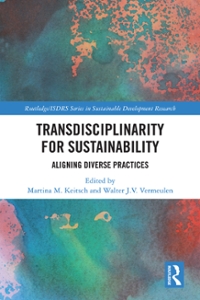Question
There are 1,000 commuters, they all live in Suburbia and work in Metropolis. Each of them has to decide whether to drive to work on
There are 1,000 commuters, they all live in Suburbia and work in Metropolis. Each of them has to decide whether to drive to work on a highway or a local road; there is no third route. We also assume that all the drivers on either route are from Suburbia. Due to congestion, traffic will slow down when more drivers use the highway. More precisely, if X drivers travel on the highway, it will take 5 + (0.001)X2 minutes to get from Suburbia to Metropolis. On the other hand, going by the local road always takes 45 minutes. The primary preference of every commuter is to minimize his/her travel time. However, if travel time is the same on the two routes then s/he has a secondary preference for the highway.
(a) According to the predication of Nash equilibrium, how many commuters (X) will use the highway and how many (1000 - X) use the local road? In equilibrium, how long will it take on the highway? Justify your answer.
(b) If we don't make any assumption about a commuter's secondary preference, will there be another Nash equilibrium outcome? If so, what is it - how many commuters drive on the highway and what is the travel time on the highway? Justify your answer.
Step by Step Solution
There are 3 Steps involved in it
Step: 1

Get Instant Access to Expert-Tailored Solutions
See step-by-step solutions with expert insights and AI powered tools for academic success
Step: 2

Step: 3

Ace Your Homework with AI
Get the answers you need in no time with our AI-driven, step-by-step assistance
Get Started


